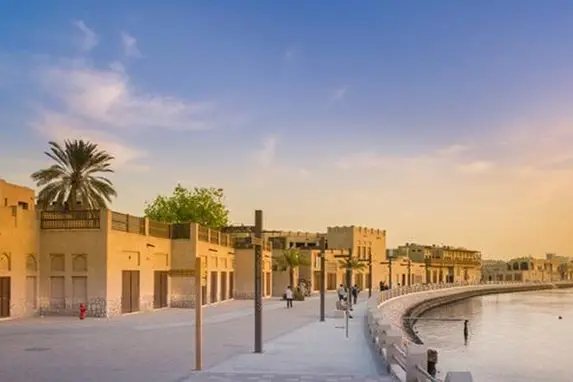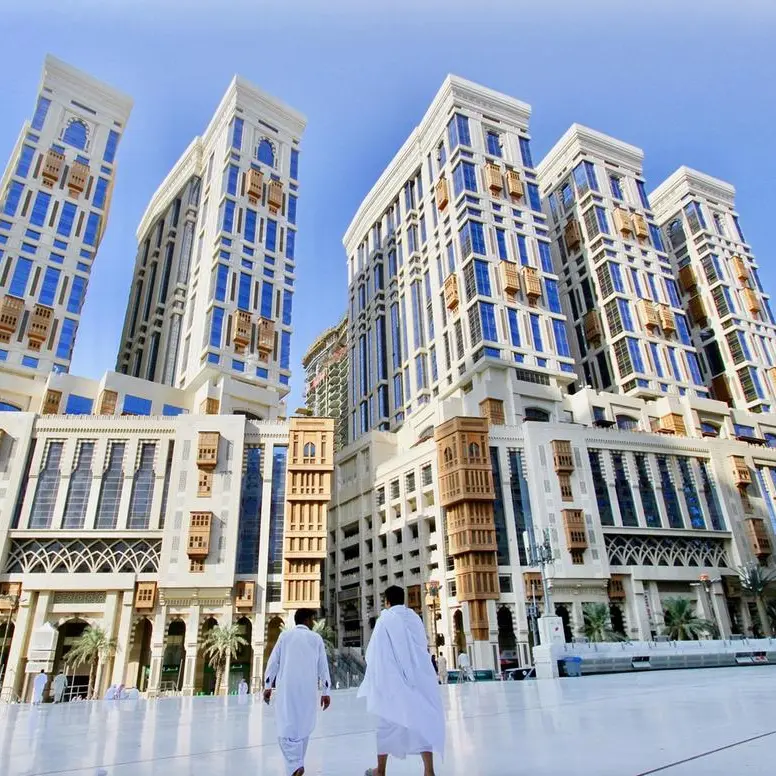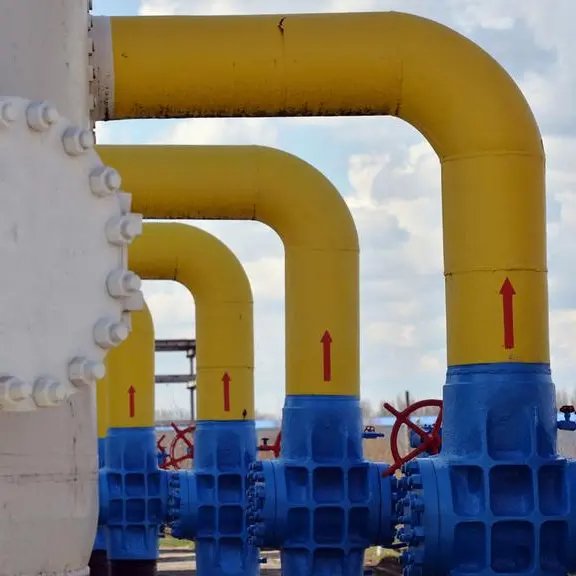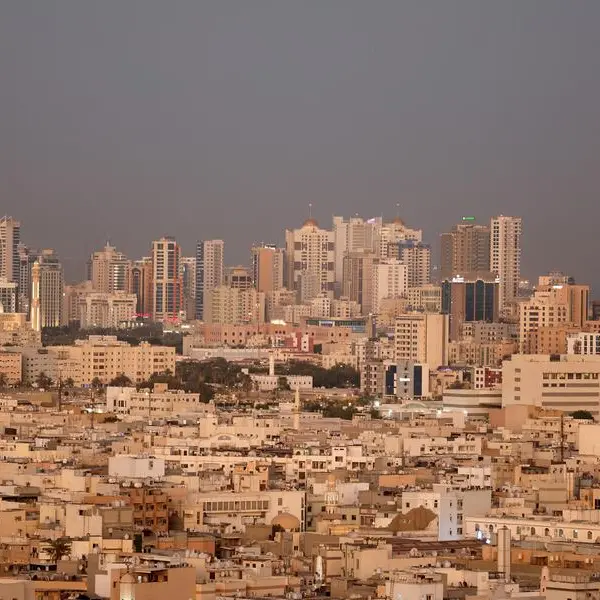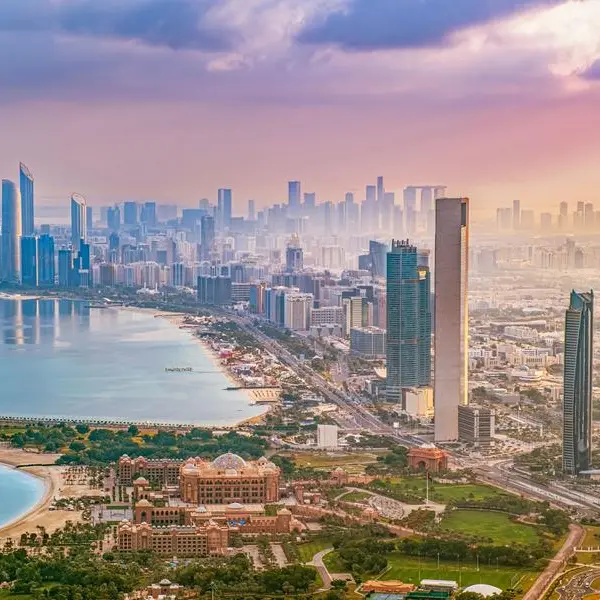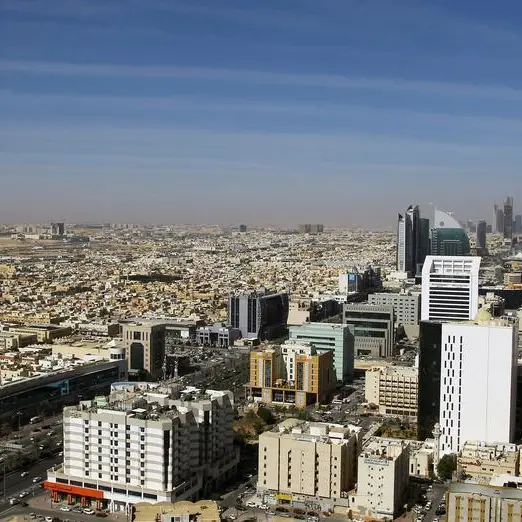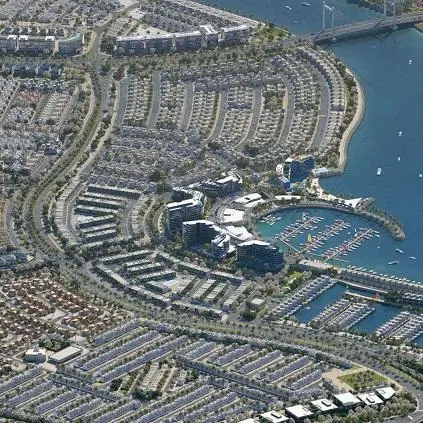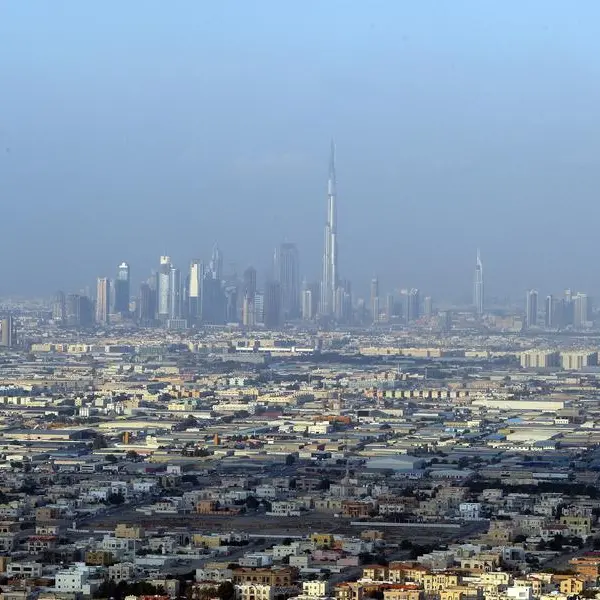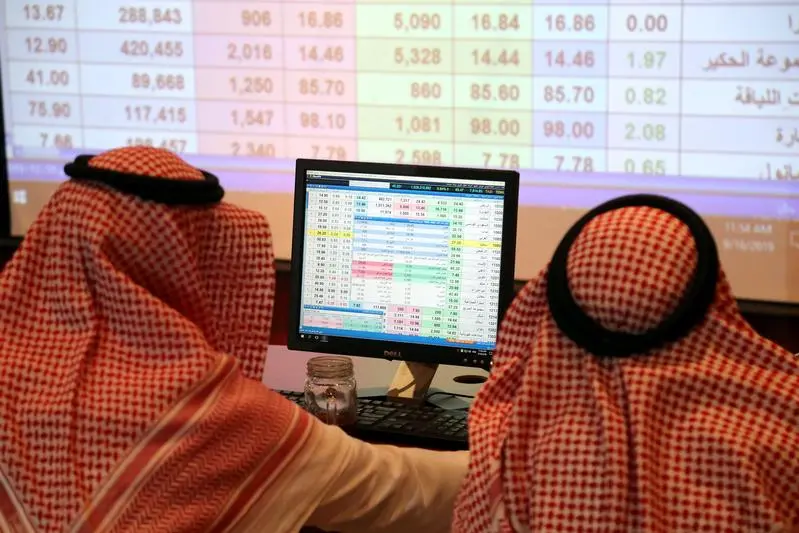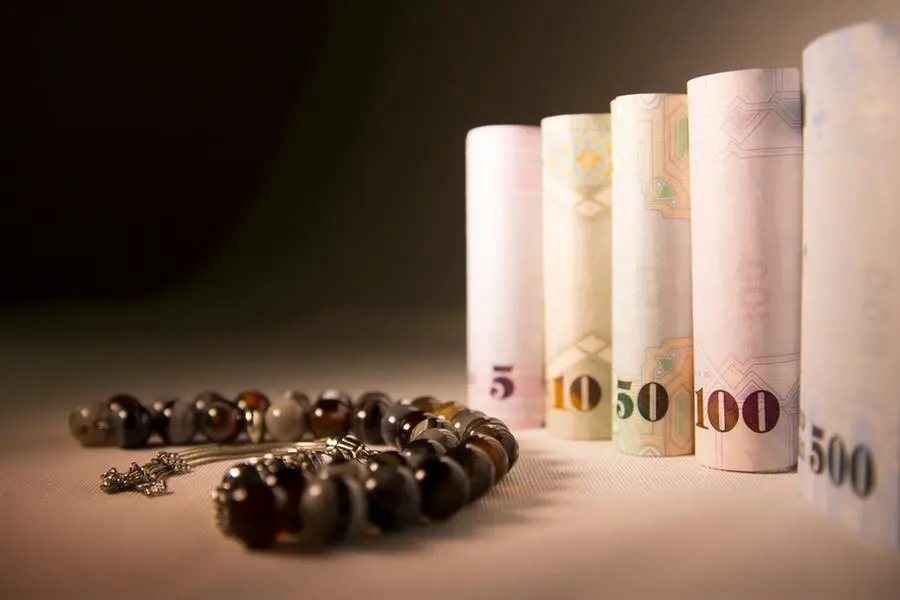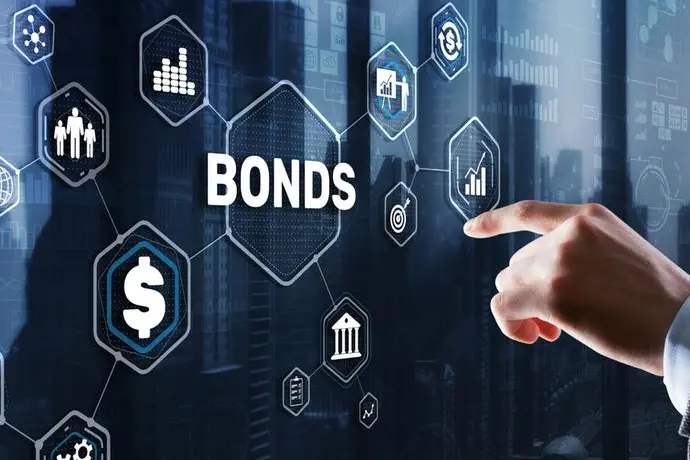PHOTO
A view of Al Shindagha Historic Neighbourhood in Dubai. Photo courtesy: Dubai Culture and Arts Authority (Dubai Culture),/Cicero & Bernay
Specialising in museums, exhibitions, and events, Acciona Cultura is working on preserving and promoting cultural heritage in the Middle East, with a strong emphasis on sustainability.
“All technology and processes in Acciona Cultura projects are committed to creating a better planet, consistently considering sustainable parameters,” said the company’s Middle East Director Javier Arias in an interview with Zawya Projects.
He pointed out that engagement with local communities is key element of the company’s heritage preservation approach.
“We evaluate and manage the social impact of our projects, and we actively develop social initiatives to effectively contribute to sustainability in the communities we serve. This conviction permeates every facet of the company's operations in all the countries where we are active,” he noted.
Arias said the company is committed to contributing to the economic growth of the region by promoting cultural and educational tourism, and sustainable and inclusive preservation practices.
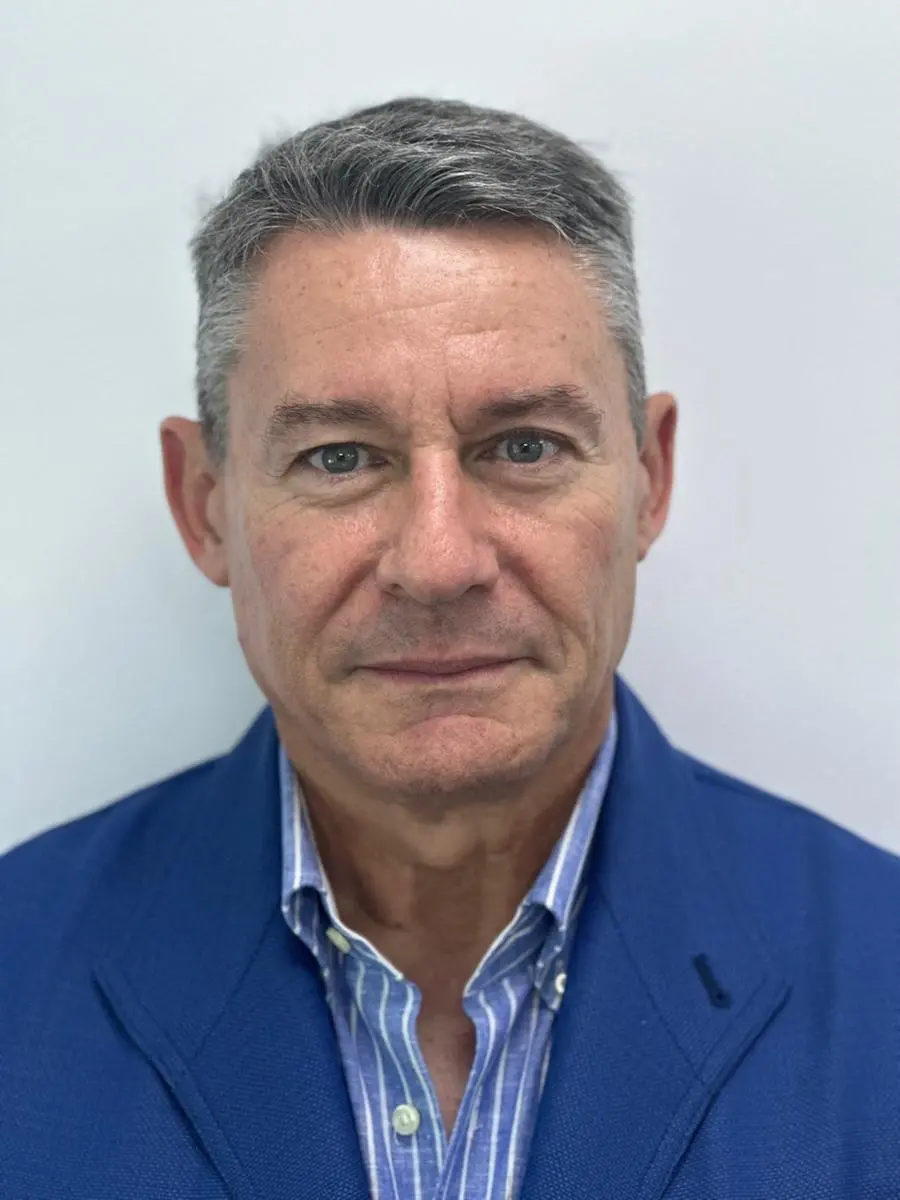

Here are the excerpts:
Can you provide a brief overview of your role and responsibilities as the Acciona Cultura Director for the Middle East?
From my position, I have the honour of working and coordinating a group of people — great professionals comprising a multidisciplinary team capable of attending to the wide range of services we offer to our clients.
An important task involves managing institutional relations with various official organisations, the government, and private companies.
And, of course, I ensure the monitoring of all projects to guarantee compliance with the deadlines, quality, and service standards demanded by Acciona Cultura.
How does Acciona Cultura contribute to preserving and promoting cultural heritage in the Middle East, and what innovative approaches or projects has the company undertaken in the region?
Cultural spaces, such as museums and art centres, play a key role in the development of free and educated societies. Equipping these spaces with the latest technologies ensures the preservation of cultural heritage and provides a new way to look after who we are.
Thanks to visual and sensory technology, we create unique, memorable, and immersive experiences about the history and cultural heritage of a particular place. Sustainable projects and solutions in museums and art centres support local development.
To give you an example, to complement the traditional design of the Al Shindagha museums in Dubai, the historic houses were reconstructed using authentic methods by the Dubai Municipality Architectural Heritage and Antiquities Department to respect the original construction as much as possible.
We were responsible for the structural reinforcement and updating of the old buildings while maintaining tradition and accommodating a modern design exhibition.
The result is an amazing project that combines the most innovative experiential, participatory, and interactive technologies through multisensory and immersive video installations and projection mapping, along with traditional objects and informative graphics.
With growing public investment in arts and culture in the GCC countries and their ambitious net-zero goals, what opportunities does Acciona Cultura see for incorporating sustainability into cultural projects?
The preservation of and respect for the environment is one of the basic pillars of our activities, which is manifested in compliance with the best environmental practices across all our endeavours. We prioritise the prevention and minimisation of adverse environmental impacts, along with the conservation of natural resources.
Sustainability is at the core of our DNA. We cannot discuss the past without protecting the future. All technology and processes in Acciona Cultura projects are committed to creating a better planet, consistently considering sustainable parameters.
Beyond technical sustainability, we promote social sustainability values. We firmly believe that the pillar of a sustainable future starts with placing society at the centre of the discussion.
What is your approach towards integrating sustainable practices into cultural preservation projects?
I'd like to share an example of one of our recent projects: a few months ago, we designed and produced the Net Zero Exhibition in Dhahran, Saudi Arabia. To convey the net-zero concept, all elements designed and delivered by Acciona Cultura are planned to have a second life once the exhibition concludes in October 2024, adhering to a zero-waste philosophy.
Materials, design components, and installation elements are either reusable or produced in a sustainable manner. This commitment extends beyond materials to embrace sustainable production techniques and transportation, encompassing everything from large pieces like exhibition walls and artwork supports to the smallest details such as labels, tote bags, catalogues, and other printed materials.
In line with this message, the physical parts of the exhibition have been strategically planned for future use, ensuring their longevity and potential reuse in upcoming exhibitions.
How does Acciona Cultura engage with and benefit local communities in the Middle East, and can you provide specific examples of successful projects that have positively impacted cultural preservation in the region?
We contribute to sustainable development and the improvement of the quality of life in the communities where we operate by aligning our social contributions with our business activities through medium/long-term sustainable projects, utilising the techniques mentioned above.
We evaluate and manage the social impact of our projects, and we actively develop social initiatives to effectively contribute to sustainability in the communities we serve. This conviction permeates every facet of the company's operations in all the countries where we are active.
In addition to the Al Shindagha museum, another noteworthy example is The Bait Mohammed bin Khalifa (BMBK) cultural project, which was delivered a couple of years ago.
In this project, we had the opportunity to complete its exhibition implementation. Located in Al Ain, a UNESCO World Heritage Site, the 2,840-square metre exhibition space connects the nation's pre-oil history and heritage with the present day.
BMBK was a cultural restoration project with the goal of preserving and rehabilitating this historic home into a vibrant community centre. We carried out the technical development and museographic implementation of seven exhibition rooms, in addition to exhibition displays in the courtyard.
These features include glazing walls with archival images, artifacts, and showcases, models of the original house and subsequent modifications, set designs, and 10 audio-visual and multimedia productions.
What challenges does Acciona Cultura face in preserving cultural heritage in the Middle East, and how does the company address these challenges?
Working in the Middle East is a rewarding and enriching experience, but it is important to be aware of the cultural and other challenges that may arise. It is essential to be respectful of local customs and traditions, such as language barriers or cultural differences.
How does technology contribute to overcoming obstacles and enhancing cultural preservation efforts?
- Technology plays a crucial role in overcoming obstacles and enhancing cultural preservation efforts in various ways. Here are several ways in which technology contributes to the preservation and protection of cultural heritage:
- 3D Scanning and Imaging for Digital Documentation and Archiving: Advanced imaging technologies, such as 3D scanning, enable the creation of highly detailed and accurate digital replicas of artifacts and historical sites. This documentation helps in creating virtual archives that can be utilised for research, education, and restoration purposes.
- AR and VR Applications: These technologies provide immersive experiences, allowing users to virtually explore historical sites, artifacts, and museums. AR and VR applications can be used for educational purposes, enhancing public engagement and understanding by providing interactive and visually rich experiences.
- Data Analysis for conservation: Big data analytics can be employed to analyse data related to environmental conditions, visitor patterns, and structural integrity at cultural heritage sites. This information serves as a valuable resource to inform conservation strategies and implement preventive measures, ensuring the preservation of cultural heritage sites.
- Advanced Materials for Conservation: Technological advancements in materials science contribute to the development of conservation materials that are more durable, reversible, and less harmful to cultural artifacts.
By leveraging these technologies, cultural preservation efforts can benefit from enhanced documentation, improved monitoring, increased public engagement, and the development of innovative conservation strategies.
However, it is crucial to balance the adoption of technology with ethical considerations and ensure that local communities are actively involved in decision-making processes.
How do you envision the future of cultural preservation in the Middle East, and what role will Acciona Cultura play in shaping it?
Acciona Cultura is well-established in the Middle East, maintaining a strong presence in museums, exhibitions, expo pavilions, and events. We will continue to be fully committed to promoting cultural and educational tourism, while also contributing to the economic growth of the region.
(Reporting by Syed Ameen Kader; Editing by Anoop Menon)
Subscribe to our Projects' PULSE newsletter that brings you trustworthy news, updates and insights on project activities, developments, and partnerships across sectors in the Middle East and Africa.
